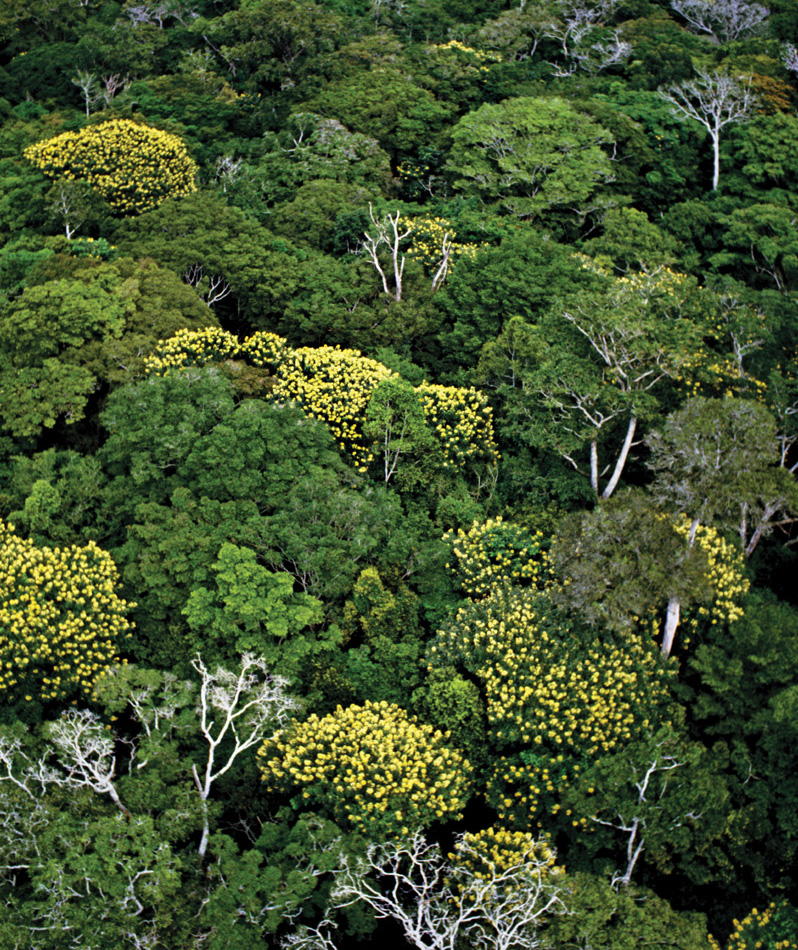CHAPTER 33 INTRODUCTION
33-1
CORE CONCEPTS
33.1 Plant diversity is dominated by angiosperms, which make up approximately 90% of all plant species found today.
33.2 The bryophytes diverged before the evolution of vascular plants, and they grow in environments where the ability to obtain water from the soil does not provide an advantage.
33.3 Spore-dispersing vascular plants are small, often epiphytic plants that usually grow in moist environments.
33.4 Gymnosperms produce seeds and woody stems and are most common in seasonally cool or dry regions.
33.5 Angiosperm diversity is partly explained by animal pollination.

In previous chapters, we explored how plants are built and how they function (Chapter 29); how these organisms, anchored to the ground, complete a sexual life cycle (Chapter 30); how the complex plant body develops from a fertilized egg (Chapter 31); and how plants defend themselves against predators and pathogens in terrestrial environments (Chapter 32). With this knowledge in hand, we are equipped to explore the diversity of land plants. How have evolutionary modifications of development and life cycle contributed to the patterns of plant diversity observed in forests, prairies, and tundra? Why are some groups of plants more diverse than others? How have changes in Earth’s climate influenced the evolutionary history of plants? How did a small number of plant species come to support the nutritional needs of 7 billion humans?